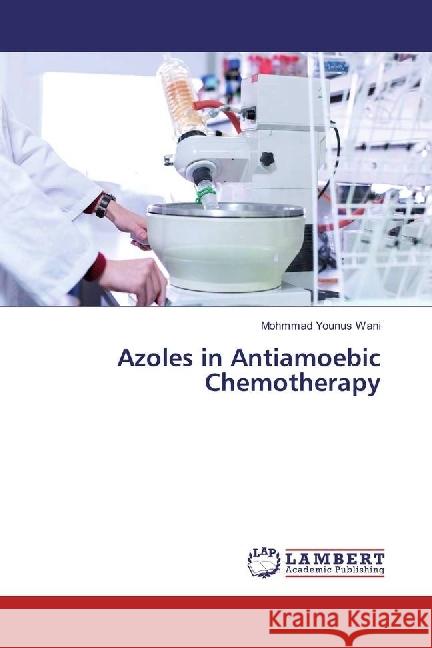Azoles in Antiamoebic Chemotherapy » książka
Azoles in Antiamoebic Chemotherapy
ISBN-13: 9786202058605 / Angielski / Miękka / 2017 / 100 str.
Amoebiasis, caused by protozoan parasite Entamoeba histolytica is a major public health problem in both tropical and subtropical regions around the world with 40-50 million symptomatic cases of amoebiasis occur annually and 70,000 to 100,000 deaths due to this infection. Poverty, ignorance, overpopulation, poor sanitation and malnutrition favor transmission and increased disease burden. Azomycin (a 2-nitroimidazole), an antibiotic isolated in Japan from a streptomycete, was the first active compound of the nitroimidazoles to be discovered and acted as the main impetus for the systematic search for drugs with activity against anaerobic protozoa. This led to the synthesis of the 5-nitroimidazole, metronidazole (2-(2-methyl-5-nitro-1H-imidazol-1-yl)ethanol) as the drug of choice to treat amoebiasis. Many other nitroimidazoles such as tinidazole, nimorazole, ornidazole, satranidazole, secnidazole, nimorazole and carnidazole have been used clinically or experimentally to treat the anaerobic, pathogenic protozoa, but there still exists a dearth for the development of an antiamoebic drug to treat invasive and drug-resistant species.











